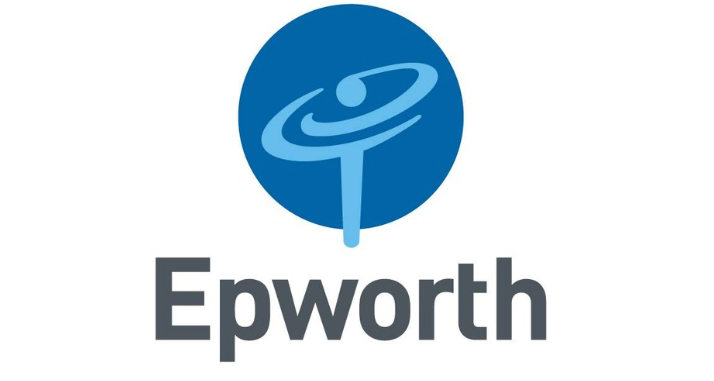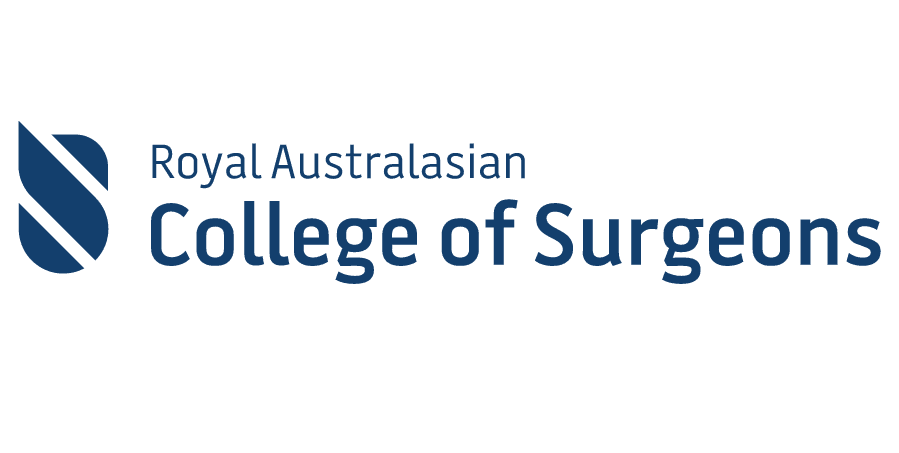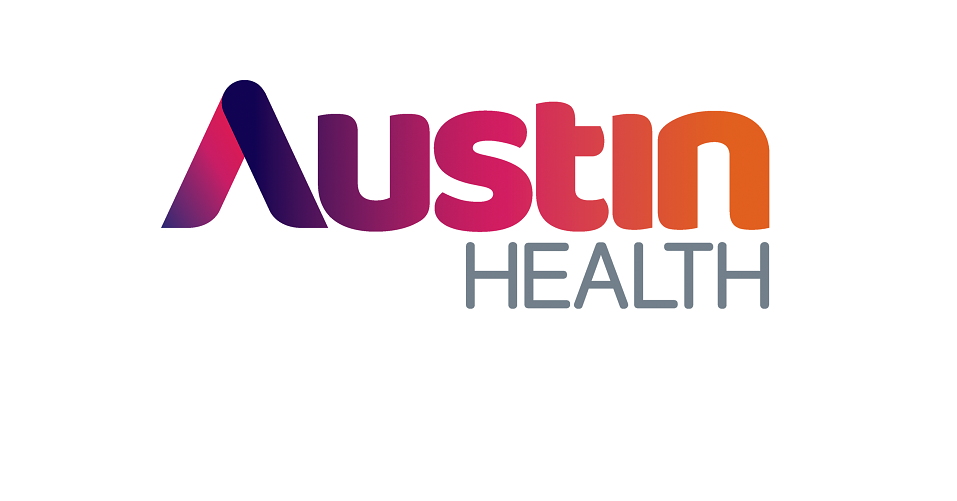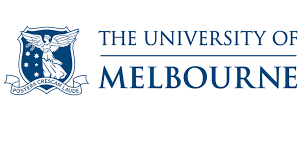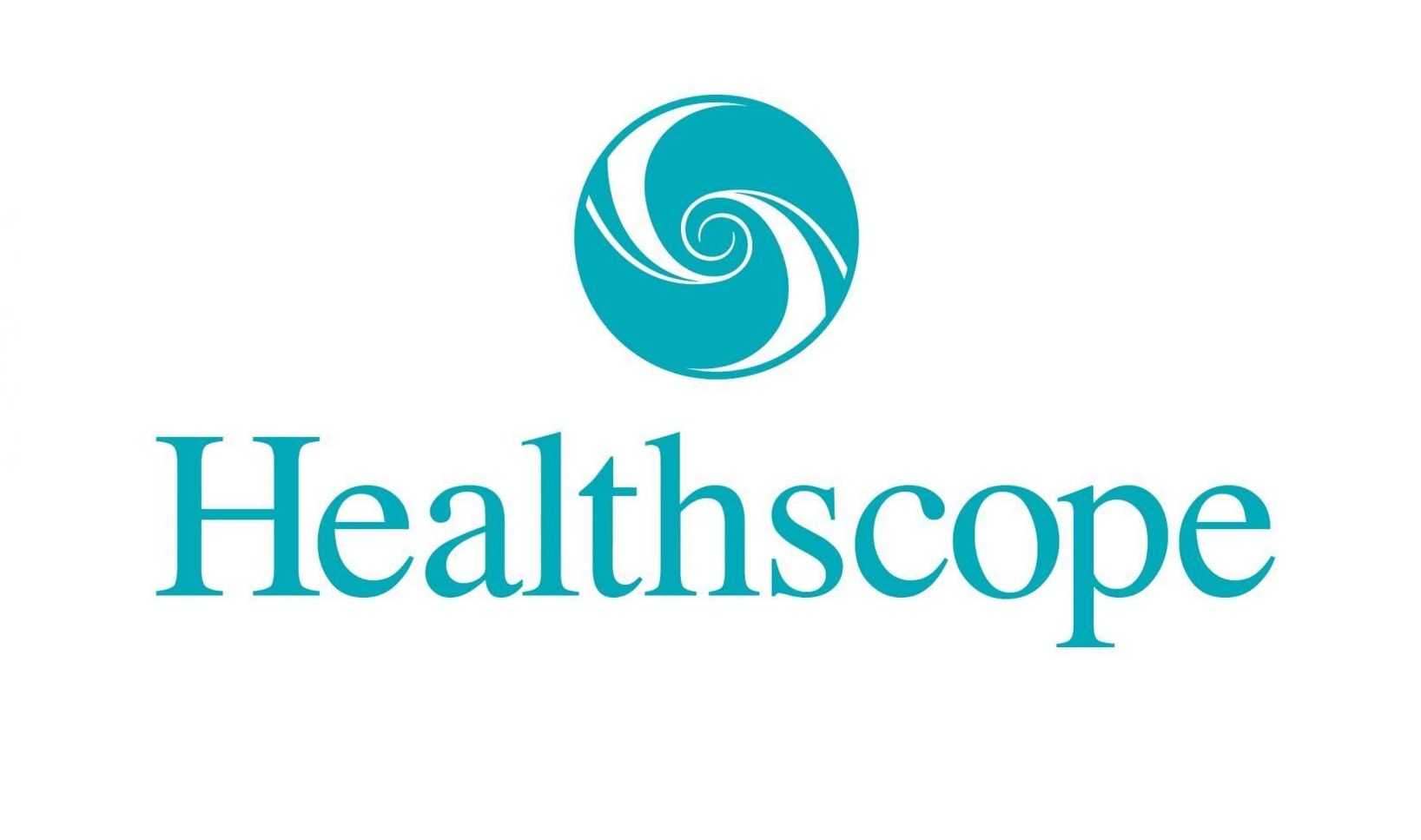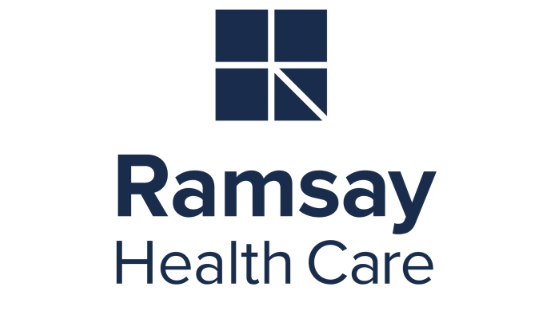Transurethral Prostate Resection - TURP
What is Transurethral Prostate Resection - TURP?
Transurethral Prostate Resection (TURP) is a surgical procedure primarily used to treat benign prostatic hyperplasia (BPH). By removing excess prostate tissue, TURP enhances urine flow and relieves associated symptoms. This surgical intervention is the preferred choice for treating BPH, especially when symptoms become severe and fail to respond to medication or less invasive methods.
Following TURP, symptoms commonly improve rapidly, with many patients noticing a considerable enhancement in urine flow within days of the procedure.
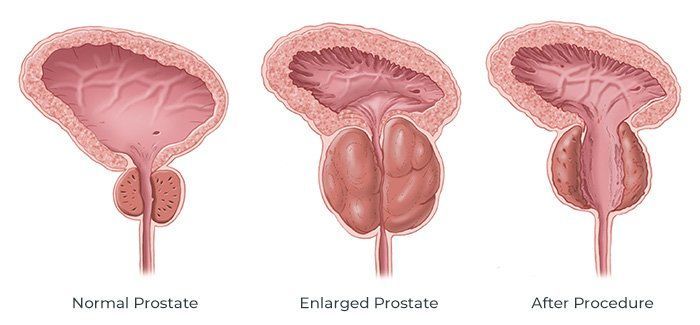
Who is Suitable for TURP?
TURP may be recommended for individuals who experience significant symptoms related to BPH that do not respond to other treatments, such as medications. Suitable candidates for TURP typically exhibit the following characteristics:
- Symptomatic BPH: You have bothersome urinary symptoms such as:
- Frequent urination, especially at night (nocturia).
- Difficulty starting urination.
- Weak urine stream.
- Incomplete emptying of the bladder.
- Urgency and feeling of urgency to urinate.
- Medication Ineffectiveness: You have tried medications such as alpha-blockers or 5-alpha reductase inhibitors to manage BPH symptoms, but they haven't provided adequate relief or have caused intolerable side effects.
- Prostate Size: Your prostate gland is significantly enlarged, typically over 30 to 40cc, as determined by imaging tests such as ultrasound or MRI.
- Overall Health: You are generally healthy and can undergo anaesthesia and surgery without undue risk.
- Absence of Contraindications: You do not have medical conditions or factors that would make surgery unsafe or inappropriate, such as uncontrolled bleeding disorders or active urinary tract infections.
Benefits of TURP
- Symptom Relief: TURP effectively relieves bothersome urinary symptoms associated with benign prostatic hyperplasias (BPH), such as urinary frequency, urgency, weak urine stream, and incomplete bladder emptying.
- Improved Urinary Flow: TURP restores normal urinary flow by removing obstructive prostate tissue, making it easier to empty the bladder.
- Reduced Risk of Complications: TURP can lower the risk of complications related to untreated BPH, such as urinary retention, urinary tract infections, bladder stones, and kidney damage.
- Quality of Life Improvement: Many patients experience a significant improvement in their quality of life following TURP, with better sleep due to reduced nocturia and fewer interruptions from urinary symptoms during daily activities.
- Long-Term Efficacy: TURP typically provides long-lasting relief from BPH symptoms, with most patients experiencing sustained improvement for many years after the procedure.
Alternatives to TURP
While TURP is an effective treatment for BPH, it's not the only option available. Depending on your specific circumstances, your doctor may also consider the following alternatives:
- Medications (Alpha-blockers and 5-alpha reductase inhibitors)
- Water Vapour Thermal Therapy (Rezūm)
- Holmium laser enucleation of the prostate (HoLEP)
- Green light laser prostatectomy (GLLP)
Preparation Before TURP
- Medical Evaluation: Your doctor will conduct a thorough medical evaluation to assess your overall health, including any pre-existing medical conditions, medications you're currently taking, and allergies.
- Tests and Imaging: To evaluate the size and condition of your prostate gland, you may undergo various tests and imaging studies, such as blood tests, urine tests, prostate-specific antigen (PSA) tests, and imaging tests like ultrasound or MRI.
- Medication Adjustments: Your doctor may advise you to adjust or temporarily stop certain medications, such as blood thinners, herbal supplements, or medications that affect blood clotting, to reduce the risk of bleeding during and after the procedure.
- Preoperative Instructions: You'll receive specific instructions to prepare for the procedure, including fasting for a certain period before surgery, discontinuing food and drink intake, and any bowel preparation if necessary.
- Arrangements: Arrange for transportation to and from the hospital or surgical centre and any assistance you may need at home during recovery.
TURP Procedure
- Anaesthesia: You'll receive either general anaesthesia or spinal anaesthesia to ensure you're comfortable and pain-free during the procedure.
- Insertion of Scope: The surgeon will insert a thin, tube-like instrument called a resectoscope through the urethra and into the prostate gland.
- Resection: Using the resectoscope with a heat-generating wire, the surgeon will remove excess prostate tissue that is causing urinary obstruction.
- Catheter Insertion: During the immediate postoperative period, a catheter will be inserted into your bladder to drain urine. The catheter will remain in place for a few days to allow the bladder and urethra to heal.
- Monitoring:
Your vital signs will be monitored throughout the procedure to ensure your safety and well-being.
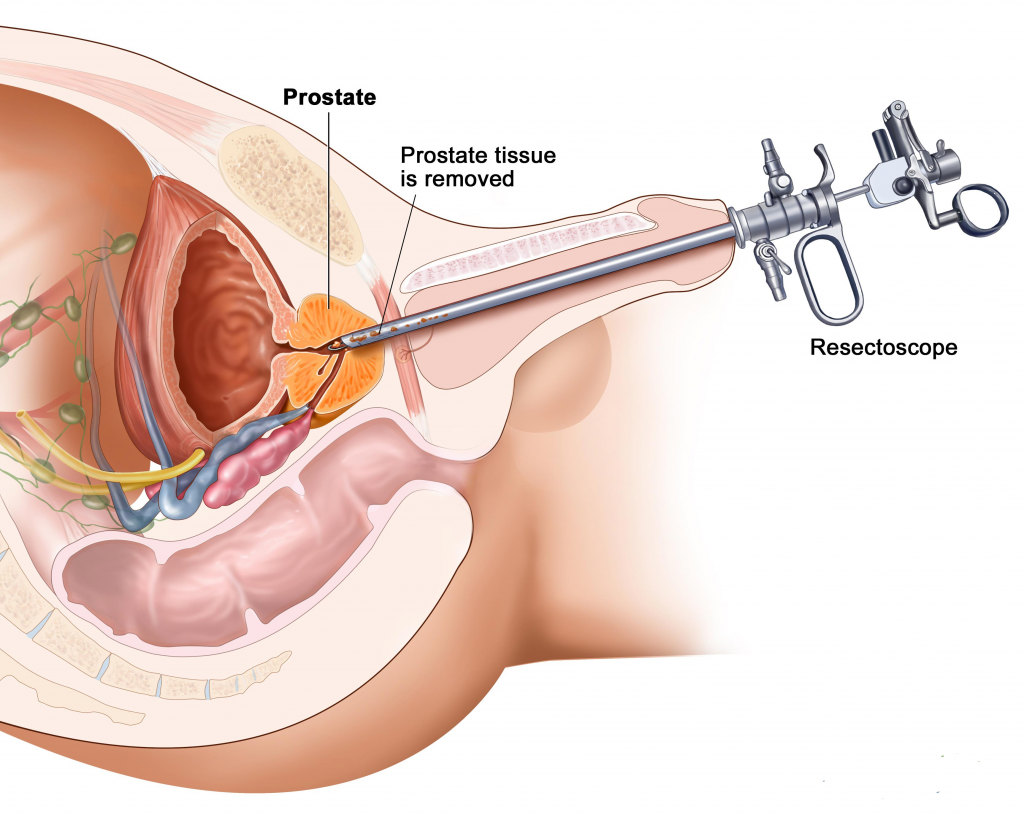
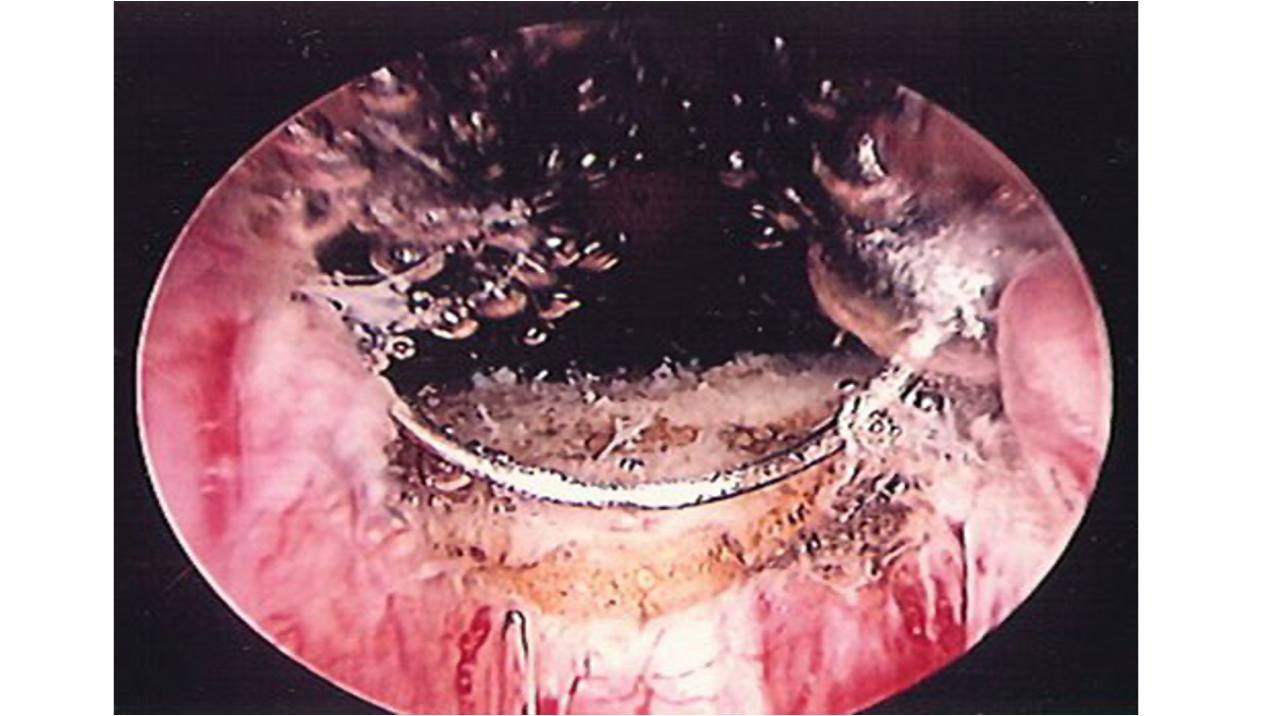
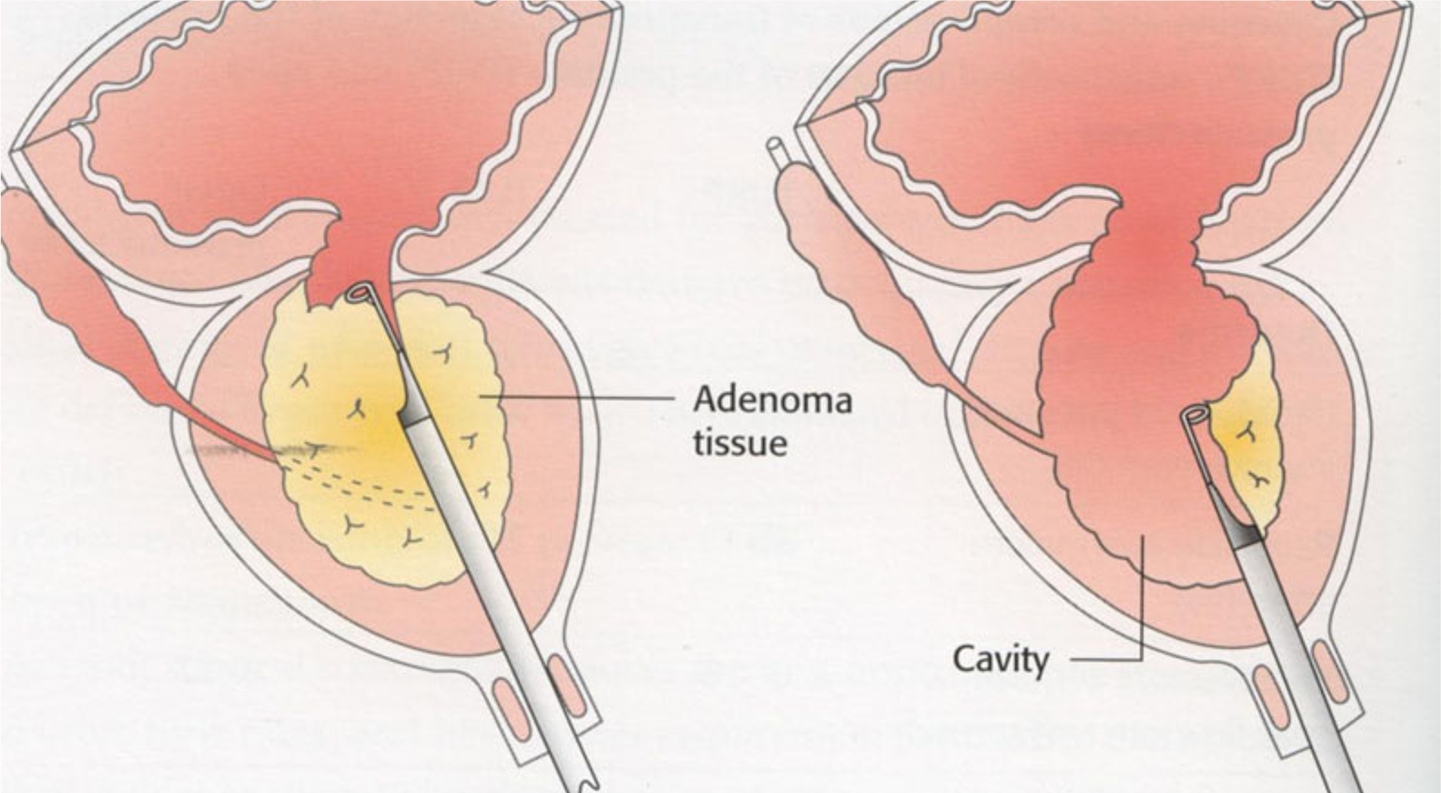
TURP Recovery Plan
- Hospital Stay: You'll likely stay in the hospital for one to two days after the procedure to monitor your recovery and ensure proper healing.
- Pain Management: You may experience some discomfort or pain after the procedure, which can be managed with pain medications prescribed by your doctor.
- Catheter Care: Nursing staff will assist you in caring for your catheter. You will be able to mobilise with a catheter with nursing assistance.
- Fluid Intake: Drink plenty of fluids to help flush out your bladder. Avoid alcohol and caffeinated beverages in the immediate recovery period, as they can irritate the bladder.
- Activity Restrictions: For a few weeks after the procedure, avoid heavy lifting, strenuous exercise, and sexual activity to allow the bladder and urethra to heal properly.
- Follow-up Appointments: Attend all scheduled follow-up appointments with your doctor to monitor your recovery progress and address any concerns or complications that may arise.
- Gradual Return to Normal Activities: Gradually resume normal activities as you feel able, but listen to your body and avoid pushing yourself too hard too soon.
Transurethral Prostate Resection Prognosis
TURP is highly effective in relieving urinary symptoms associated with BPH. Many patients experience significant improvement in symptoms such as urinary frequency, urgency, weak urine stream, and incomplete bladder emptying.
Following TURP, many patients report improved quality of life, including better sleep due to reduced nocturia and fewer interruptions from urinary symptoms during daily activities.
Transurethral Prostate Resection Risks
While TURP is considered a safe and effective procedure for treating benign prostatic hyperplasia (BPH), it carries certain risks and potential complications. These include:
- Bleeding
- Urinary Tract Infection (UTI)
- Urinary Incontinence
- Erectile Dysfunction
- Retrograde Ejaculation
- Urethral Stricture
What if TURP is Delayed?
Delaying TURP may result in the progression of urinary symptoms associated with BPH, leading to increased discomfort, decreased quality of life, and potential complications such as urinary retention or urinary tract infections. Delaying TURP may also increase the risk of complications associated with BPH, such as acute urinary retention, bladder stones, recurrent urinary tract infections, and bladder or kidney damage.
The decision to delay TURP should be made in consultation with a doctor and based on individual factors such as the severity of symptoms, overall health status, risk factors for complications, and patient preferences.
